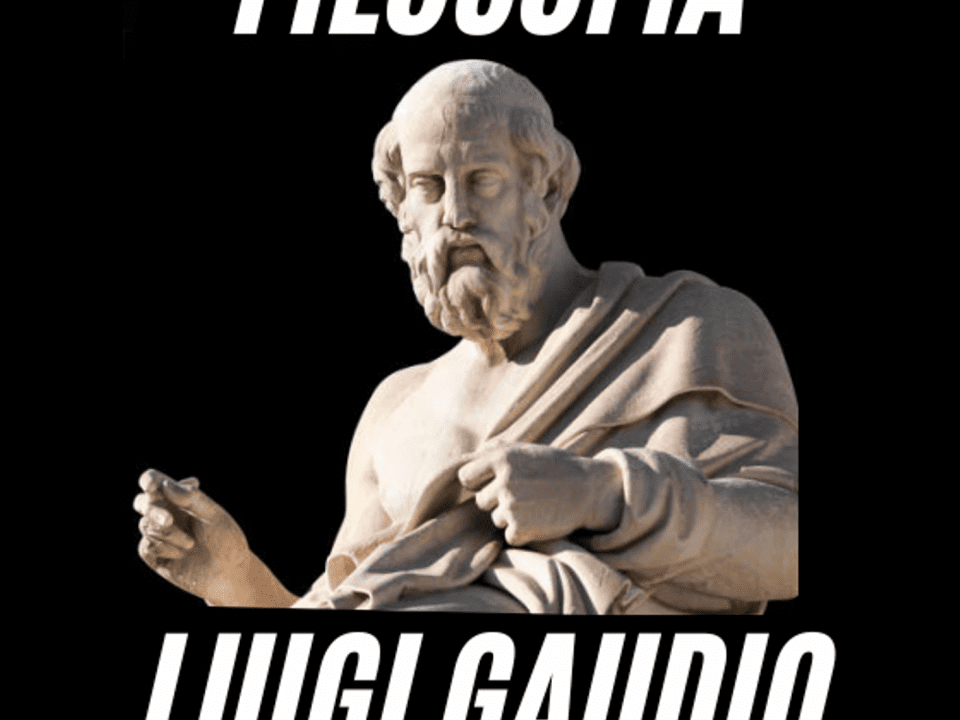


LICEO SCIENTIFICO TRADIZIONALE
27 Gennaio 2019


Gertrude was the Queen of Denmark, the widow of the former king and Hamlet’s…
27 Gennaio 2019CULTURAL BACKGROUND
Towards the end of the Middle Ages there was a revival of interest in its most traditional motives: those of chivalry and legends of heroic deeds. It is almost as if for fear of loosing a specific and well known world picture, the old one was taken up again as a definition of value and as a literary and ethical model. In the XVth century the ideals were the same as the old ones: i.e. “to ride forth-to right the wrongs”. The loyal, the brave, merciful knight is the hero of this epic in prose. These adventures are in fact told in a lively and smooth language suitable for different tastes. In this late epic the structure stresses the single episode and the characters are better described from a psychological point of view as “individuals”.
POETRY
The Elizabethan Age is called the “golden age” of poetry and with this expression we refer to both drama and lyrical poetry (songs and sonnets).
The Renaissance poetry was the fruit of experimentation and it display selective aristocratic tone and a high craftsmanship. Elizabethan verse used a lot of traditional topoi and devices. The themes were largely “set” by the masters (like Petrarch) and they included: love sought , love satisfied, desire and its “object”, the “sonnet lady” i.e. ideal beauty. It is the poetry of longing, of the warring passions, of the eternal beauty and of the contemplation of the perfect form. The structure of the English sonnet was a radical structural innovation. It departed from Petrarch’s model of sonnet which is divided by one octave and a sestet. Trough various modifications the English sonnet came to be identified with the Shakespearean model which is divided into three quatrains and a final couplet. Elizabethan poets were masters of rhetoric, a fact that explains their ability in the use of the conceit which is an elaborate poetic image, long as the sonnet itself or restricted to a single line. The sonnet was addressed to a cultivate public. The most important authors in this period were:
Thomas Wyatt: his verse is close to the courtly conventions of love poetry. Sexual themes are often concealed behind debates on the nature of love or behind the code of gallantry between lady and wit.
Edmund Spencer: he is considered by many critics as the most accomplished of Elizabethan poets. He loved and admired the beauty of sound and colour, of body and mind, for he saw physical beauty as a reflection of spiritual person. His sonnets were addressed to Elizabethan Boyle who became his wife.
Philip Sidney: the poet’s unrequited love was echoed in sophisticated verse. He used strange and rare topoi.
Christopher Marlowe: he wrote a sophisticated and sensuous love poem “Hero and Leander”. This fatal and frustrated attempt is written in rhyming couplets and is one of the most perfect and original poems according to contemporary critical standards.
PHILOSOPHY
Humanism and the Renaissance developed in England later than on the continent. As far as the world vision is concerned, the basic message that the Ancients imparted to the Elizabethans was that life was not a “journey through a vale of tears” but a beautiful and a exciting thing in itself. See Hamlet’s admiration in Act II,2: “What a piece of work is Man! How noble in reason! How infinite in faculty! In form, in moving how express and admirable! In action how like an angel! In apprehension how like a god! The beauty of the world!”. The world was not the place where man was disciplined for eternity but it was the “stage” on which he could display his great powers. The basic features of Humanism where the confidence in the power of human reason to interpret man and nature and in the value of literature, the trust in the dignity of Modern English as a medium for the communication. The influence of Italian Humanism was paramount; Colet, Lyly and Linacre introduced Platonism into England. The Elizabethans admired the platonic concept of harmony. The search for harmony went into the scientific word. Besides Platonism, Stoicism was rediscovered and had a great impact on the literary and dramatic production. Stoicism was derived from Seneca. The Stoics maintained that good and evil existed as opposite forces. Stoicism also developed a strong sense of individuality and favoured Puritan Ethics. The Renaissance was bound up with the consolidation of the Tudor regime and with a new type of classical scholarship which men like Erasmus or Thomas More transplanted from Europe. It denotes a rebirth, a revival of interest in the literature of antiquity. Montaingne studied human nature by introspection, emphasizing that we understand others in so far as we understand ourselves, not in so far as we quote the Ancients. He demanded pleasure as an essential element of Good, thus opposing the mediaeval view of man dominated by a sense of sin and by a fear of judgement.
ART
On the whole art was not original: they built villas in the country (for example Wollaton Hall or Longleat House) and some precious monuments on a grave: The painting was restricted to portraits and miniatures: only an artist, Hans Eworth, tried to introduced some innovation but Nicholas Hilliard was the real main painter in those ages. Initially kings and queens were the subjects but soon they became politicians, religious reformers and men of noble birth, too. It was a common enough habit to paint personages lived before. But the golden age was between 1590 and 1625 with two great dynasties of portrait-painter, The De Critz and The Gheeraerts.
DRAMA
Several dramatic tradition came to coexist in 15th and 16th century production. There was an absorption and reworking of pre-existing models. Aeschilus, Sophocles, Aristophanes, Plautus and Terence shared the stage together with the popular tradition. The influence of Seneca was particularly strong. The Elizabethans borrowed from Seneca the extensive use of declamatory speeches. Seneca insisted on the elements of horror, blood and the sensational. His imitators were very popular. Dramatic tradition developed along three parallel lines:
- a popular tradition;
- a courtly tradition;
- a university tradition for a cultured audience because it was in Latin:
Among the dramatist we remember the “University Wits”:
John Lyly:he was the erudite playwrights of the age. His seven comedies were defined as: “clean, dainty and fantastic”. His important audience was the Court.
Robert Green: he introduced a romantic, day-dreaming element in his works.
Thomas Lodge: he wrote social satire that was very popular.
Ben Jonson: he wrote masques and comedies. He had a vast erudition and is one of the most classical dramatists of the age.



